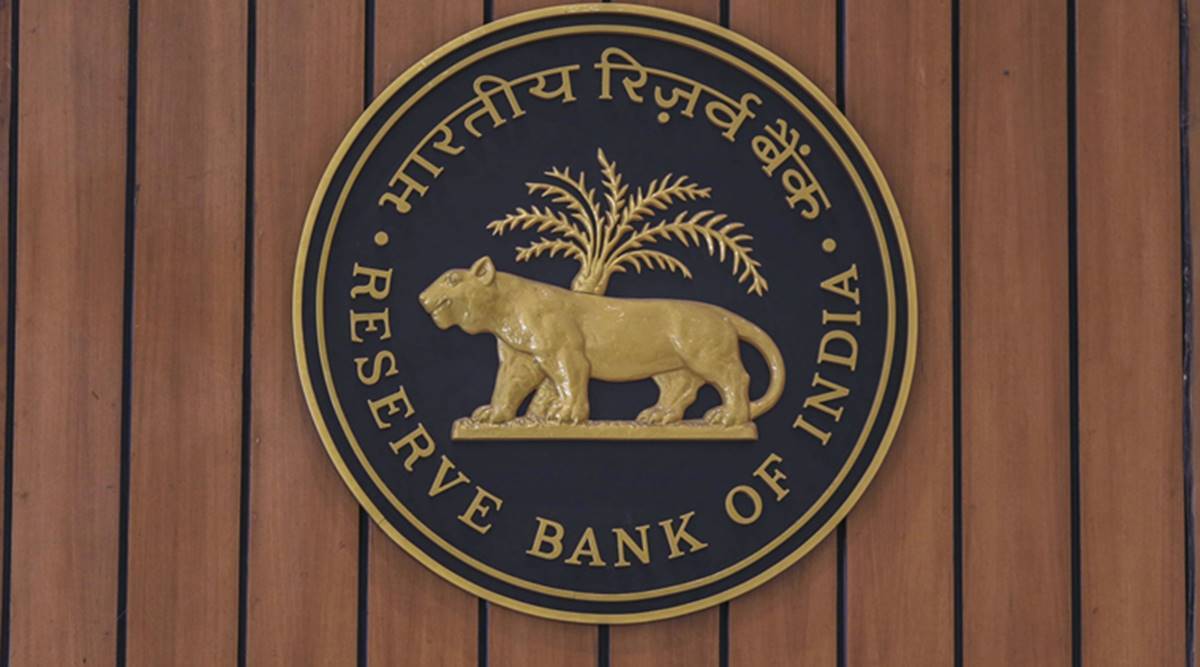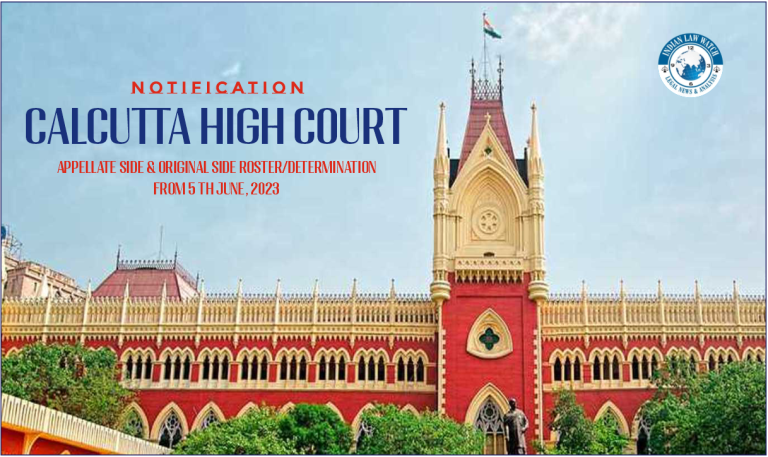Digitisation of Currency: RBI eying for new Change

A. Proposed Introduction of Digital Currency
The Reserve Bank of India is considering a “phased introduction” of a central bank digital currency as it will need legal changes to be made in the nation’s foreign-exchange rules and information-technology laws, Deputy Governor T. Rabi Sankar said.
Delivering a speech to outline the RBI’s plans on Thursday, Sankar said policymakers were considering running pilot programs for the proposed central bank digital currency. Its introduction will protect people from the volatility of private virtual currencies, he said
RBI report said that since central bank digital currencies provide anonymity, they may have implications for cross-border transactions. To curb this, appropriate safeguards would need to be laid down under existing anti-money laundering and financial terrorism laws.
Except as currency notes, all other use of paper in the modern financial system, be it as bonds, securities, transactions, communications, correspondences or messaging – has now been replaced by their corresponding digital and electronic versions.
The uses of physical cash in transactions has been on the decline in recent years, a trend further reinforced by the ongoing Covid19 pandemic. These developments have resulted in many central banks and governments stepping up efforts towards exploring a digital version of fiat currency. Some of this interest among central banks has been indigenous in nature for pursuing specific policy objectives – for example, facilitate negative interest rate monetary policy. Another driver is to provide the public with virtual currencies, that carry the legitimate benefits of private virtual currencies while avoiding the damaging social and economic consequences of private currencies.
B. About the Digital Currency
CBDC (Central Bank Digital Currency) is a digital or virtual currency but it is not comparable to the private virtual currencies that have mushroomed over the last decade. Private virtual currencies sit at substantial odds with the historical concept of money. They are not commodities or claims on commodities as they have no intrinsic value; some claims that they are akin to gold clearly seem opportunistic. Usually, certainly for the most popular ones now, they do not represent any person’s debt or liabilities. There is no ISSUER. They are not money (certainly not CURRENCY) as the word has come to be understood historically.
CBDC is the same as currency issued by a central bank but takes a different form than paper (or polymer). It is the sovereign currency in an electronic form and it would appear as a liability (currency in circulation) on a central bank’s balance sheet.
The underlying technology, form and use of a CBDC can be moulded for specific requirements. CBDCs should be exchangeable at par with cash.
CBDCs are conceptually no different from banknotes, the introduction of CBDC would require an enabling legal framework since the current legal provisions are made keeping in mind currency in paper form. Under the Reserve Bank of India Act, 1934, the Bank is empowered to “…regulate the issue of banknotes and the keeping of reserves with a view to securing monetary stability in India and generally to operate the currency and credit system of the country to its advantage” (Preamble).
The Reserve Bank derives the necessary statutory powers from various sections of the RBI Act – with respect to denomination (Section 24), a form of banknotes (Section 25), status as legal tender (Sec 26(1)) etc. There is a need to examine consequential amendments to other Acts like The Coinage Act, 2011, FEMA, 1999, Information Technology Act, 2000 etc. Even though CBDCs will be a primarily technology-driven product, it will be desirable to keep the legislation technology-neutral to enable coverage of a variety of technology choices.
Image: The Indian Express





